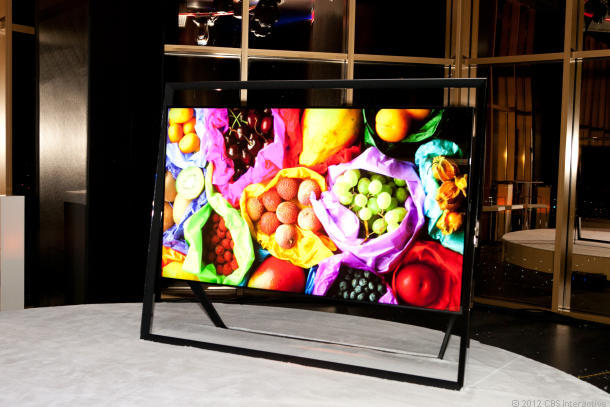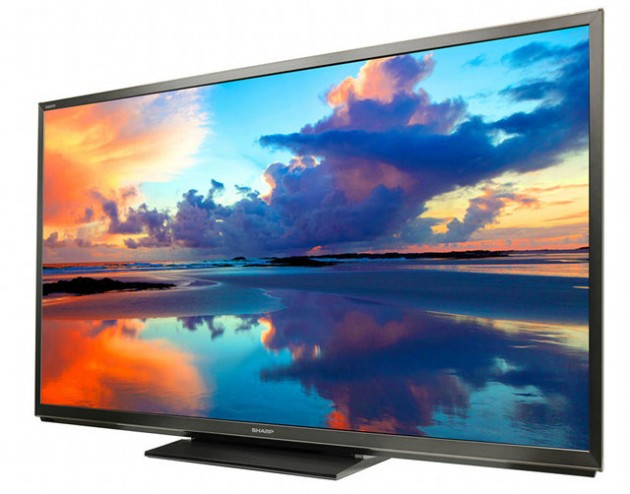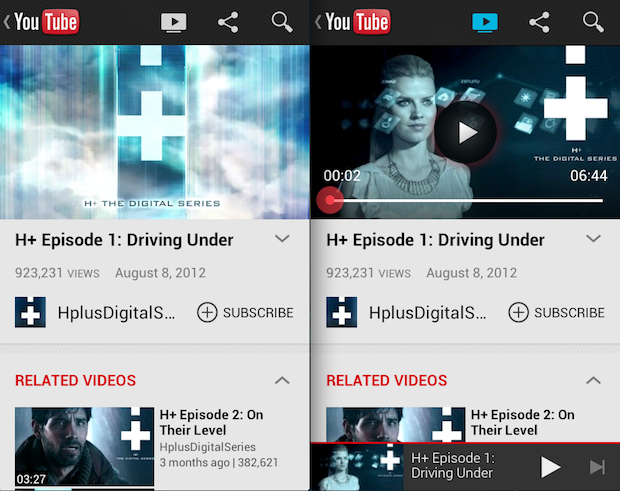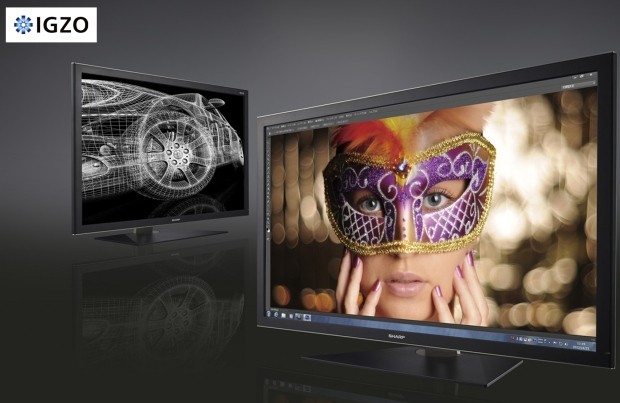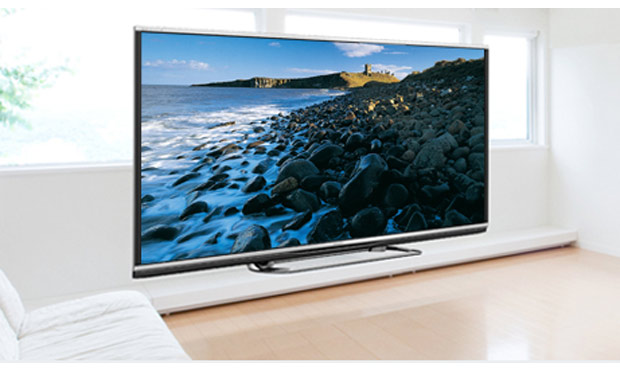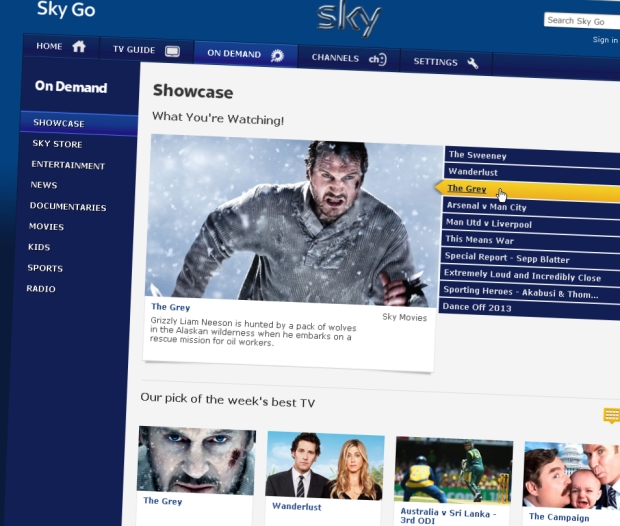 The latest blockbusters are coming to your phone or tablet, as Sky lets you save movies and TV and watch them wherever you are, without Wi-Fi.
The latest blockbusters are coming to your phone or tablet, as Sky lets you save movies and TV and watch them wherever you are, without Wi-Fi.
Sky is launching Sky Go Extra, an expansion of the Sky Go catch-up and on-demand service for Sky customers, the Telegraph reports. That means you can save new episodes of Girls, blockbusters like Mission: Impossible - Ghost Protocol, or classic James Bond films on your smart device to watch on the train, on holiday, or anywhere you haven't got Wi-Fi.
For £5 per month extra, up to four users can download stuff per account, and you can download as many movies and TV shows as you want. Each download sticks around for a month. So it's not so much of a download as it is a downloan.
Get it? Downloan! I done made up a word.
Previously, you needed a Wi-Fi connection to stream movies and TV to your computer or portable device. With movies cached on your phone or tablet, you can watch anywhere without having to pay for Wi-Fi or cut into your data allowance.
It's not clear if this will be a standalone app, or just an update to the Sky Go app, which has angered Android fans by only supporting a few Android devices.
Sky has the best line-up of new films and the pick of the latest TV shows, especially from the US on Sky Atlantic. Rivals Netflix and Lovefilm don't do downloads (although Lovefilm does do those old-school downloads you used to get, the ones that take ages to download. What were they called? Oh yeah, DVDs.)
Availability of new releases is a real sticking point for online streaming services: last week it was revealed that to watch a decent selection of recent films you need to pay for both Lovefilm and Netflix.
Sky Go Extra is coming in the next few weeks. If you want to watch the latest blockbusters, but don't want to fork out for a dish and a Sky subscription, you can get films from Sky Movies channels on a pay-as-you-go basis with Now TV, Sky's spin-off app and online streaming service.
[Source: CNET]


